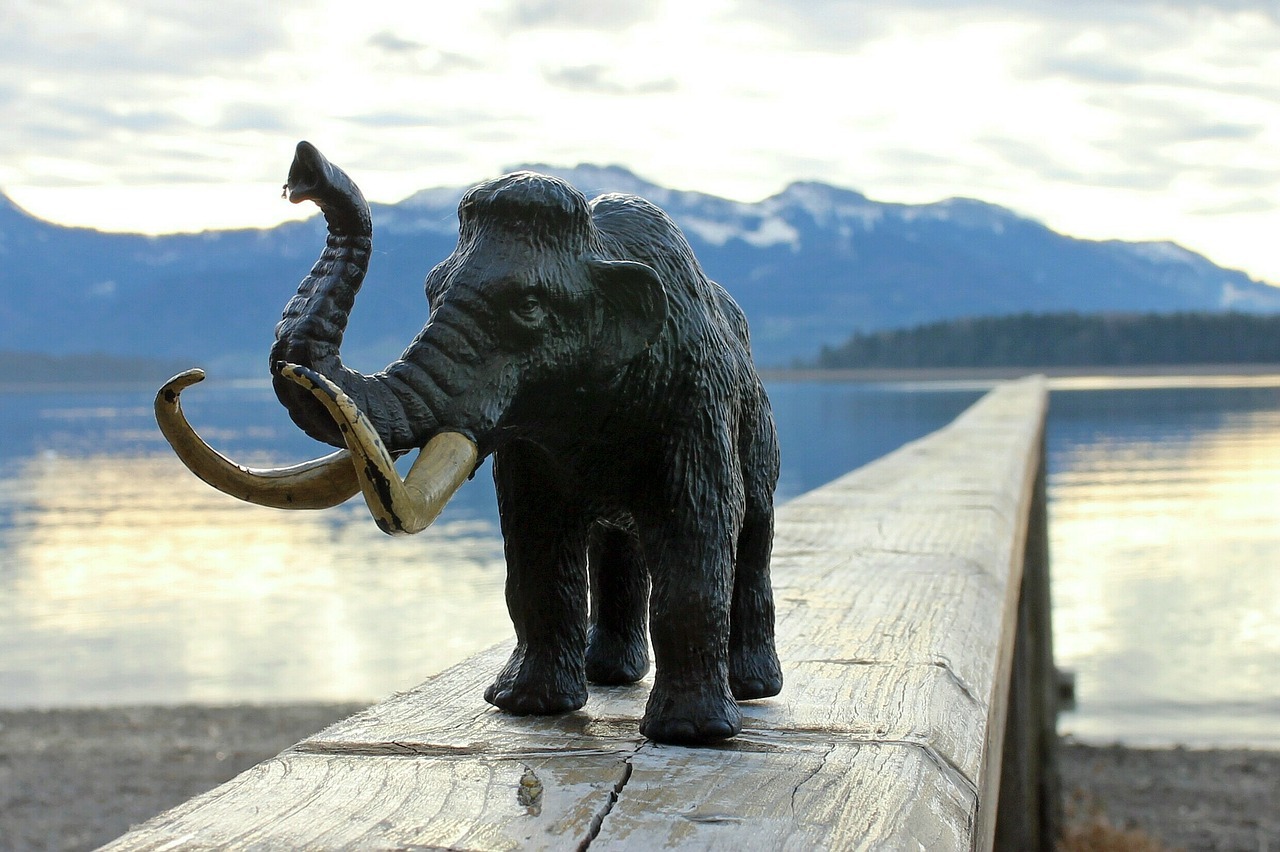The mammoth task of bringing species back from the dead
The woolly mammoth is a creature that is synonymous with the prehistoric era, having roamed the Earth long before human civilisation. Most died around 10,000 years ago due to increasing temperatures and being hunted by evolving predators, although the last mammoths survived until around 1,600 BC on secluded Siberian islands, quarantined from any human interference. Hence, you may have thought that the closest we could get to seeing such a creature would be if the Ice Age franchise rolled out yet another film. However, a collaboration of scientists in Japan and Russia have made significant progress that could lead to woolly mammoths being reintroduced to our planet, with the results published in Nature Journal’s Scientific Reports.
Hence, you may have thought that the closest we could get to seeing such a creature would be if the Ice Age franchise rolled out yet another film
The icy habitat of the woolly mammoth has led to the remarkable preservation of their carcasses long after death. Permafrost, ground which remains completely frozen for at least two years straight, heavily delays the decomposition of the mammoth remains, such that scientists have been able to recover relatively whole specimens. Not just the skeleton and tusks are retrieved, but in some cases hair and skin are also found intact. It is this refrigeration process in regions of permafrost that allows the recovery of woolly mammoth cells which exhibit only minor damage and can be repurposed, with the hope of being able to duplicate the cells to clone the animal.
The Japanese scientists used the 28,000 year old remains of a woolly mammoth called Yuka, discovered in Siberian permafrost in 2010, and regarded as one of the best preserved mammoth carcasses. So much so that the mammoth had previously been on display in Moscow to the viewing public at the first festival of the Russian Geographic Society. Yuka stands out from other mammoth finds as it contains a brain mostly intact, such that traces of nervous tissue were able to be discovered.
It is this refrigeration process in regions of permafrost that allows the recovery of woolly mammoth cells which exhibit only minor damage and can be repurposed, with the hope of being able to duplicate the cells to clone the animal
Firstly, the tissue samples of muscle and bone marrow were authenticated using whole genome sequencing, having been frozen for a period of time since being unearthed. They confirmed the sample species were that of a woolly mammoth, having identified mammoth proteins showing overlap with five elephantid specimens – three Asian elephants alongside M4 and M25 woolly mammoths. Next, muscle samples were probed for the remains of cell nuclei, with 88 nucleus-like structures salvaged from a 273.5mg piece of mammoth tissue taken in the process of five different experiments. The cell nuclei tested positive for lamin B2 and histone H3, which suggested that the cell nuclei had been partially sustained over the 28,000 year period since the death of Yuka.
These mammoth nucleus-like structures were then injected into a mouse; specifically the cells in an ovary which undergoes meiosis to form an egg, named oocytes. A control group was formed by also injecting cell nuclei from elephant tissue which was frozen post-mortem. In order to track the development of these manipulated mouse egg cells, a new traceable live-imaging technique was used, injecting the oocytes with fluorescent probes. A significant proportion of oocytes injected with mammoth and elephant nuclei were found to have formed pronucleus-like structures, suggesting live biological activity in the mammoth nuclei akin to the activity of cells before they divide. Possible signs of repair to damaged mammoth DNA were also discovered.
The cell nuclei tested positive for lamin B2 and histone H3, which suggested that the cell nuclei had been partially sustained over the 28,000 year period since the death of Yuka
However, all the manipulated oocytes degenerated before cell division took place, halting the mammoth nuclei from undergoing meiosis. The authors of the paper eluded to extensive DNA damage in the nuclei transferred over to the mouse cells as the cause of a lack of cell division. Hence, current nuclear transfer technology was deemed insufficient in being able to clone the woolly mammoth, although this work has laid a successful platform for other researchers to evaluate the biological activity of cells in extinct animal species.
The question of whether the woolly mammoth should be brought back into existence holds several ethical ramifications. The cloned animals may damage the ecosystem they are placed in, or the ecosystem could harm the mammoth itself, suffering the same fate as their extinct relatives through global heating or an inept immune system, having experienced a changed planet to the one their ancestors faced. What may be more relevant is looking to modify the DNA of existing species with that of mammoth DNA to breed through specific traits which could prove vital in species conservation. Regardless, as the authors of the paper acknowledged to Nikkei news, “we still have a long way to go” before we see the woolly mammoth wandering our planet once again.

Comments